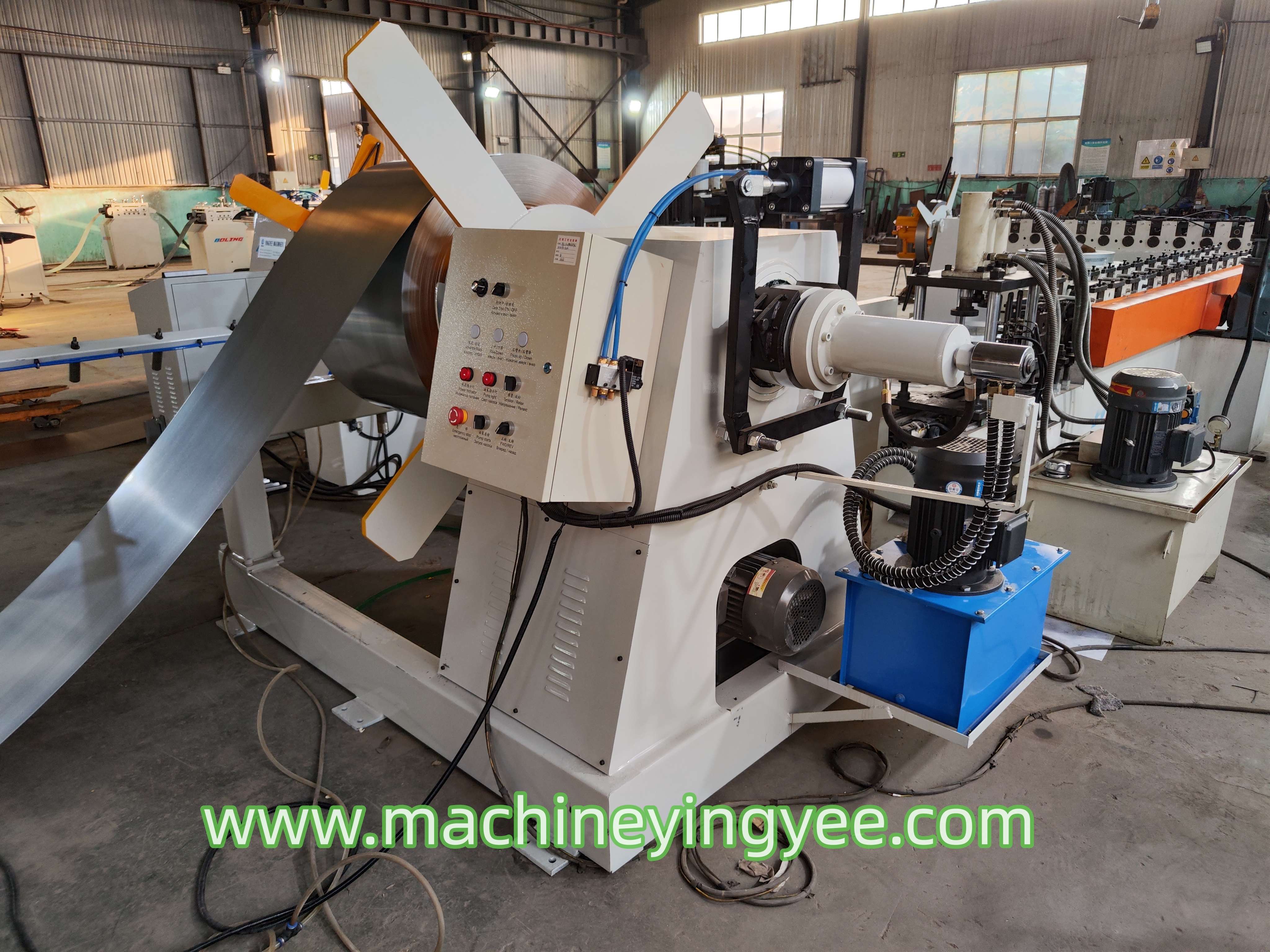
The Essential Role of Welding Rod Factories in Modern Manufacturing
Welding is one of the most critical processes in a variety of industries, including construction, automotive, aerospace, and manufacturing. At the heart of this pivotal process is a seemingly simple yet fundamentally important component - the welding rod. In this article, we will explore the significance of welding rod factories, the manufacturing processes involved, and the impact these factories have on modern industry.
Understanding Welding Rods
Welding rods are essential filler materials used in various welding techniques, including manual metal arc welding (SMAW), gas tungsten arc welding (GTAW), and submerged arc welding (SAW). These rods come in different compositions and sizes, tailored to suit specific welding applications. The quality of welding rods directly affects the integrity of the weld; therefore, the factories that produce them must adhere to rigorous quality standards and state-of-the-art production methods.
The Manufacturing Process
The production of welding rods involves several crucial steps, starting with the selection of raw materials. The choice of metals, such as steel, aluminum, or nickel, determines the properties of the final product, including its strength, melting point, and corrosion resistance. Once the raw materials are sourced, they undergo a series of processes, including
1. Melting and Alloying In this initial phase, the chosen metals are melted down in high-temperature furnaces. Here, alloying elements are added to achieve specific mechanical properties. This step is critical, as the right combination of metals ensures that the welding rod performs optimally under various conditions.
2. Extrusion or Drawing After the melting process, the molten metallurgy is either extruded or drawn into thin rods. Extrusion involves forcing the material through a die to produce long shapes, while drawing reduces the diameter by pulling the material through a series of dies. These processes provide the welding rods with the desired dimensions and uniformity.
3. Coating Many welding rods have a layer of coating applied to them. This coating serves multiple purposes it protects the rod from oxidization, stabilizes the arc during welding, and enhances the quality of the weld by producing a shielding gas that prevents contamination. The coating material varies, often consisting of fluxes and additives tailored to specific welding techniques.

4. Quality Control After the rods are produced, they undergo stringent quality control checks. Factors such as diameter, tensile strength, melting point, and overall structural integrity are meticulously tested. This quality assurance step is vital, as it ensures that each welding rod meets the high standards required for effective and safe use in various applications.
The Economic Impact
Welding rod factories play a significant role in the economy. They not only create jobs directly within the manufacturing sector but also support a wider network of industries reliant on quality welding materials. These factories contribute to the construction of infrastructure, manufacturing of vehicles, and assembly of machinery, all of which are critical to economic growth and development.
Moreover, the global demand for welding rods is on the rise, driven by advances in technology and increased construction activities worldwide. Factories that specialize in producing high-quality welding rods can carve out a competitive edge in the market, allowing them to expand their operations and contribute further to local economies.
Environmental Considerations
In recent years, the welding industry has faced increasing pressure to adopt sustainable practices. Welding rod factories are now exploring eco-friendly materials and processes to minimize waste and reduce their carbon footprint. Innovations in production techniques, such as the recycling of scrap metals and the use of alternative energy sources, are becoming more common, reflecting the industry's commitment to environmental sustainability.
Conclusion
In conclusion, welding rod factories are indispensable to modern manufacturing. Through meticulous production processes, stringent quality control, and a focus on sustainable practices, these factories ensure that high-quality welding rods are available to meet the demands of various industries. As the economy continues to grow and evolve, the significance of these factories will only increase, solidifying their role as a cornerstone of industrial progress. By understanding their impact, we can appreciate the vital contributions these facilities make to our everyday lives.